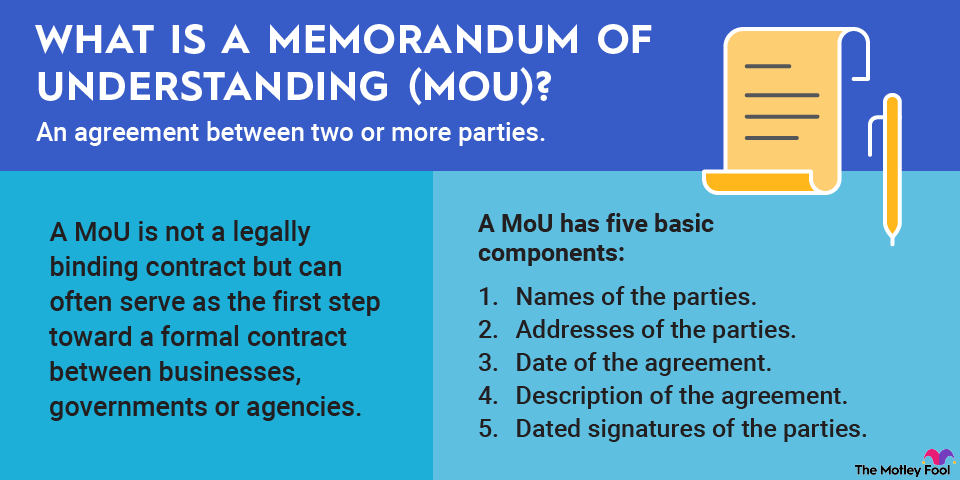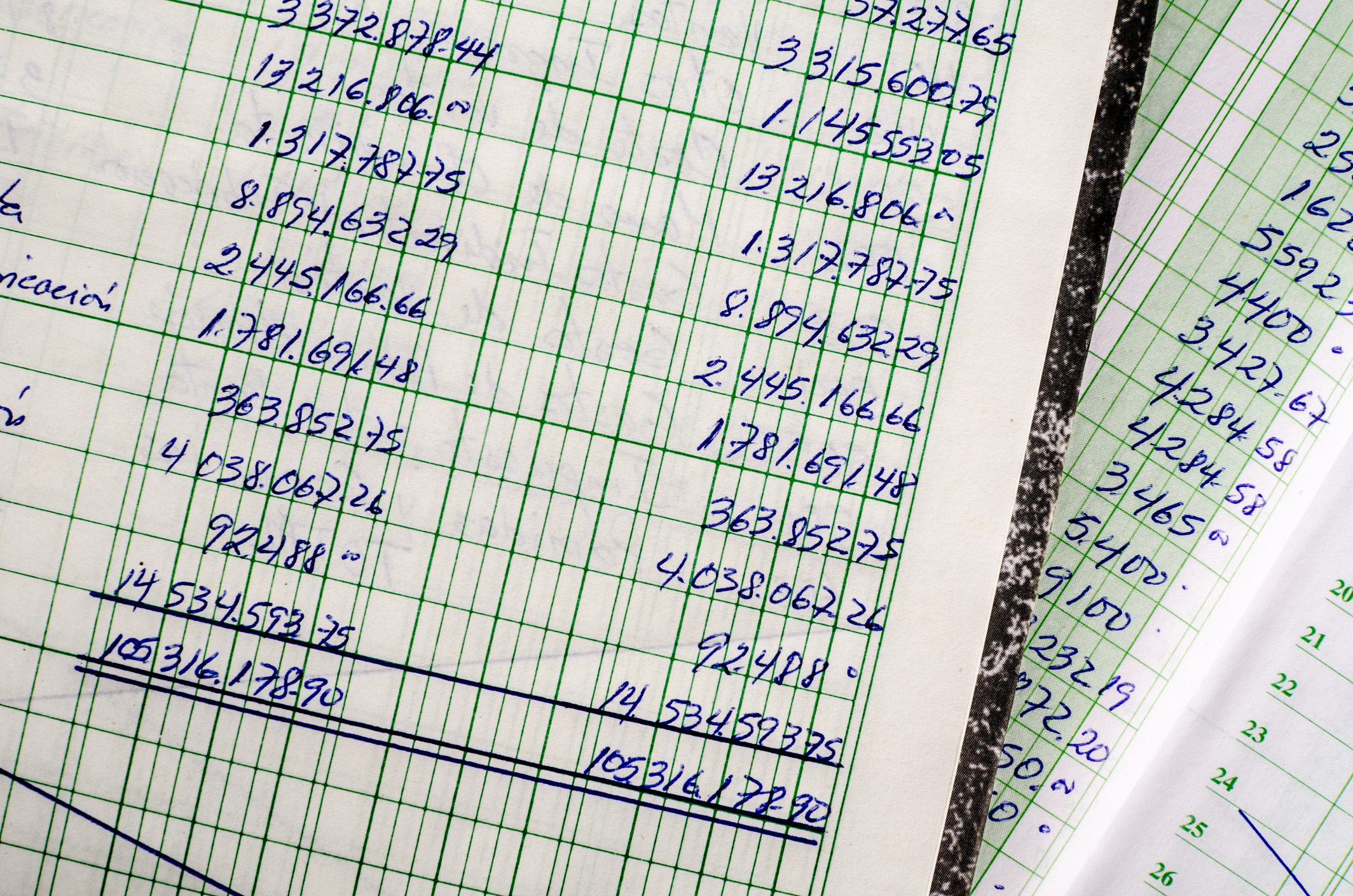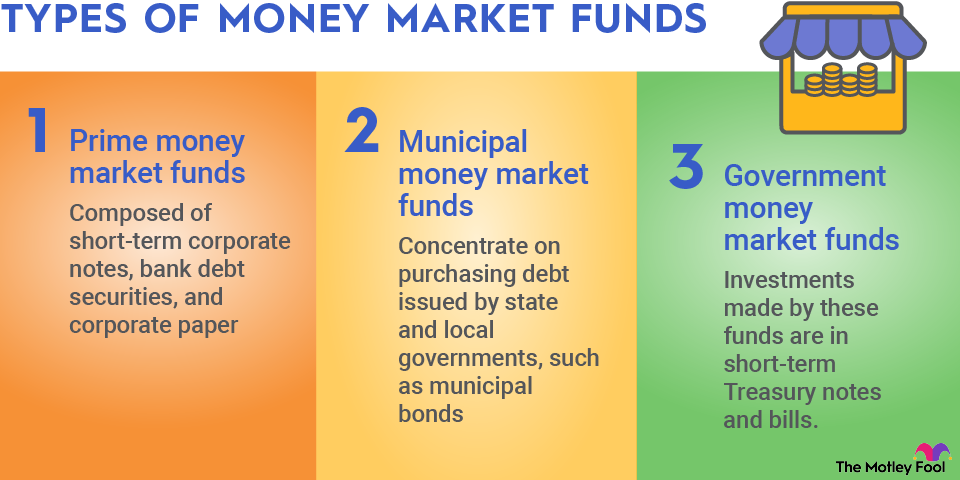But home prices began declining after 2006, and mortgage defaults started to rise. Many of these poor loans had been packaged and given investment-grade credit ratings -- and banks and other investors bought them for premium prices. Banks were forced to unload troubled MBS investments at fire-sale prices, and many were pushed into near-insolvency or ultimately failed.
Types of mortgage-backed securities
These days, mortgage-backed securities must meet strict criteria to be sold as investments. They must be originated by a government-sponsored agency like Fannie Mae or Freddie Mac, receive a high credit rating, and meet a few other requirements.
There are two common varieties of mortgage-backed securities on the market today. Pass-through MBS are exactly what they sound like. Mortgages are bundled together, and the collected payments are passed through to the investor who buys the MBS. The other type is known as collateralized mortgage obligations (CMOs), and these are a bit more complex. CMOs are pools of mortgages that have similar characteristics, such as credit scores, that are packaged and sold as an investment. CMOs are organized into groups known as tranches, which are separated according to risk level, which determines the return of the particular CMO tranche.
Related investing topics


















